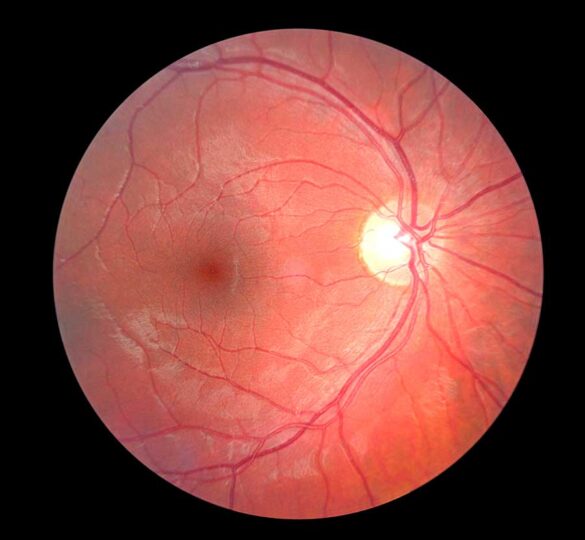Imágenes del nervio óptico: ¿Qué es y por qué es necesario?

Los especialistas en glaucoma toman imágenes del nervio óptico para medir el daño a este importante cable que conecta el ojo con el cerebro.
There are several types of images, and each provides different information about the amount of optic nerve tissue lost, as well as the rate of nerve fiber thinning or “progression” that occurs when glaucoma is uncontrolled.
The goal of current glaucoma therapy to lower intraocular pressure is to slow progression, and imaging tests are an important tool to monitor progression. Optic nerve imaging is complementary to visual field testing and using both together is more useful than either test alone.
This is because images record the anatomy, or structural characteristics of the eye, while visual fields evaluate what someone actually sees, or the function of the eye. In general, optic nerve imaging is more useful in patients with suspected glaucoma and early to moderate glaucoma than in patients with advanced disease.
Photographs and scans of the optic nerve
Two common imaging tests include a simple, high-resolution color photograph with a very bright flash from a professional camera and a rapid laser scan of the optic nerve. The scans can detect small changes in the nerve fiber layer of the optic nerve at the micron level.
The best way for your doctor to evaluate the optic nerve for glaucoma is to view the optic nerve through lenses and a slit lamp. Your doctor can document this evaluation either with drawings or photos of the optic disc. A color photograph provides a more accurate reference for future comparison. Photographs do not go out of date, and the information contained in them can be very useful to demonstrate that “there are no changes” years later.
Compared to a photograph, optic nerve scans contain more objective and quantitative information for staging disease progression. Scans may also be better at determining when glaucoma is getting worse. However, every few years, the software is updated, and every decade the technology advances dramatically like computers. This sometimes makes the data less useful because it can be difficult to compare new versions with older ones.
Since damage to the optic nerve cannot be reversed with any current therapy, close surveillance with structural and functional testing, combined with early intervention while balancing the risk of side effects, is key to keeping glaucoma under control and preserving vision. view.
Types of Optic Nerve Scanning Technologies
OCT : Optical Coherence Tomography (Devices include: Cirrus HD-OCT, RTVue-100, Spectralis, Topcon 3D-OCT 2000 and others)
CSLO : Confocal Scanning Laser Ophthalmoscopy (HRT)
SLP : laser polarimetry scanning (GDx)
—
Article by Dr. Robert Chang . Dr. Chang completed his ophthalmology training at Washington University in St. Louis and then completed a research and clinical fellowship at the Bascom Palmer Eye Institute at the University of Miami. He is currently an assistant professor at Stanford University at the Byers Eye Institute in Palo Alto, California.